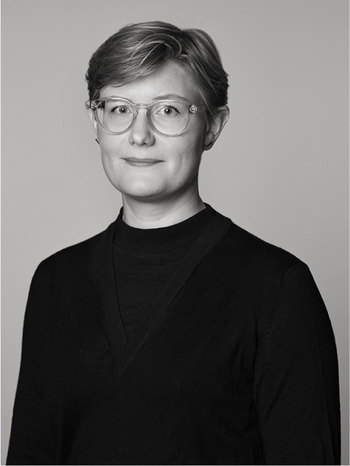Moser
A 'Fipop' glass bowl and two vases, Moser Czechoslovakia, 1911-1938.
Probably Leo Moser. The bowl and one of the vases in yellow-green uraniumglass 'Radion', the large vase in dark green glass 'Smaragd'. Oroplastique / oroplastic gilt acid-etched friezes with mythological scenes. Height 10.5-34 cm. Large vase signed 'Moser Karlsbad Čecho Slovakia' the smaller items signe 'Made in Čecho Slovakia Moser Karlsbad' and 'Made in Czecho Slovakia Moser Karlsbad'.
Wear. Scratches.
Literature
Jan Mergl, Lenka Pánková, 'Moser 1857-1997', 1997, compare illustrations p. 114-115.
Designer
In 1857 the 24 year old glass engraver Ludwig Moser opened a workshop called Ludwig Moser & Sons in Karlovy vary Bohemia, Austria-Hungary. He was earlier an apprenticeships with the engravers Mattoni and Hoffmann. The glass workshop initially worked with polishing and engraving glass. In the 1873 World Fair in Vienna, Emperor Franz Joseph I, granted Moser the privilege of designing for his court. In 1916 the sons; Leo, Richard and Gustav Moser, became the owners of the glassworks. Leo Moser, Technical (1908) and Artistic Director of the glassworks (1916), pioneered new types of coloured glass using precious metal oxides. He also developed the oroplastic decoration, a technique unique to the Karlovy Vary glassworks using gilded bands of acid-etched decorations. The technique was introduced during the mid 1910s. The Art Nouveau designs of heavily engraved lilies and the Fipop series from c1914 were some of the most notable pieces from this era. Moser was one of the few Czechoslovakian glassmakers to sign their pieces.
Read more



























































































